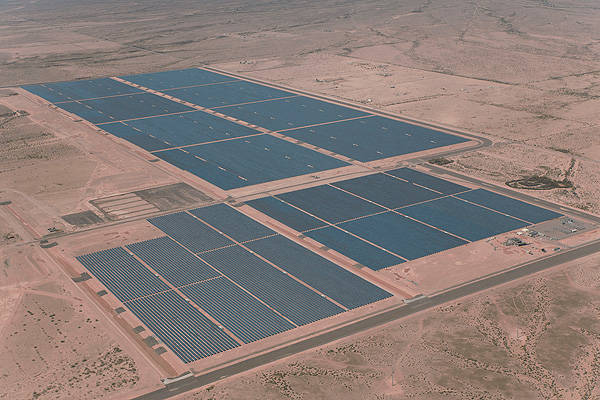Washington DC – Notwithstanding the Covid-19 pandemic, electrical generation by the nation’s utility-scale wind and solar plants continues to set new records.
In fact, it was 35.1% greater in November 2020 than it was in the same month a year earlier, according to a SUN DAY Campaign analysis of new data released by the U.S. Energy Information Administration (EIA).
The latest issue of EIA’s “Electric Power Monthly” (with data through November 30, 2020) also reveals that, year-to-date, solar-generated electricity – including distributed (e.g., rooftop) solar – expanded by 22.5% (compared to the same period in 2019) and provided almost 3.4% of the nation’s total. Wind grew by 13.8% and accounted for 8.2% of total generation. Combined, electrical generation by wind and solar grew by 16.2% in 2020. No other energy sources experienced similarly high growth rates.
From January through November, electrical generation by geothermal energy and hydropower also increased – by 8.0% and 0.8% respectively – while that from biomass fell by 2.5%. The electrical output by all renewables increased by 8.8% and provided 20.7% of the country’s total electrical output – up from 18.4% a year earlier. Thus, renewables are now on track to surpass EIA’s recent forecast of 20.0% of U.S. electricity coming from green sources in 2020.*
Moreover, as predicted by the SUN DAY Campaign a year ago, renewables’ share of U.S. electrical generation has eclipsed that of nuclear power (19.4%) and coal (18.8%). Renewables produced 10.1% more electricity than coal through November 2020. In fact, electrical generation by coal was 22.1% lower than a year earlier. In addition, renewable energy sources produced 6.2% more electricity than did nuclear power whose output fell 2.2% during the same eleven-month period.
And in what may prove to be a harbinger of things to come, the increase in new electricity from wind and solar was greater than the increase in electrical generation by natural gas. That is, during the first eleven months of 2020, solar and wind produced 59,859 gigawatt-hours (GWh) more than they did during the same period in 2019. By comparison, electrical generation by natural gas increased by only 35,874 GWh. While it continued to provide the largest share (40.2%) of the nation’s electrical output, natural gas grew by only 2.5% during the first eleven months of 2020 and actually dropped by 8.6% in the month of November.
“With a far more supportive Biden administration now directing national energy policy, renewably-generated electricity seems poised for rapid growth,” noted the SUN DAY Campaign’s executive director Ken Bossong. “While EIA foresees renewables providing 23% of U.S. electricity in 2022, the actual percentage could very well be significantly higher – perhaps 25% or more.”
# # # # # # # # #
* In its most recent “Short-Term Energy Outlook” report issued on January 12, 2021, EIA said it “expects the share of generation from renewable sources will [be] 20% in 2020 [and increase] to 21% in 2021 and to 23% in 2022.”
NOTE: Unless otherwise indicated, the electricity figures cited above include EIA’s “estimated small-scale solar photovoltaic” (e.g., rooftop solar systems) which account for almost a third (31.7%) of total solar output and more than five percent (5.1%) of total net electrical generation by renewable energy sources.














Comments